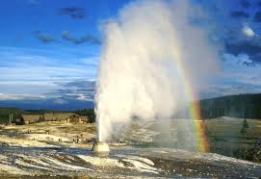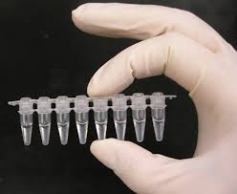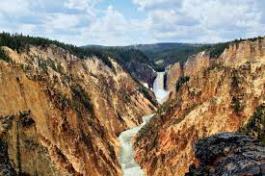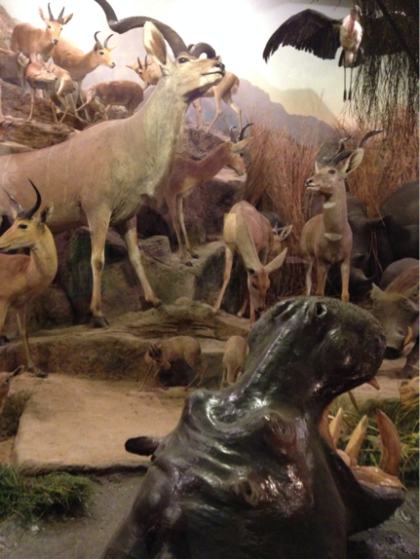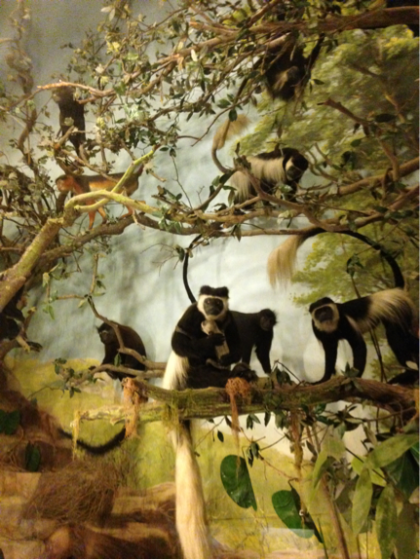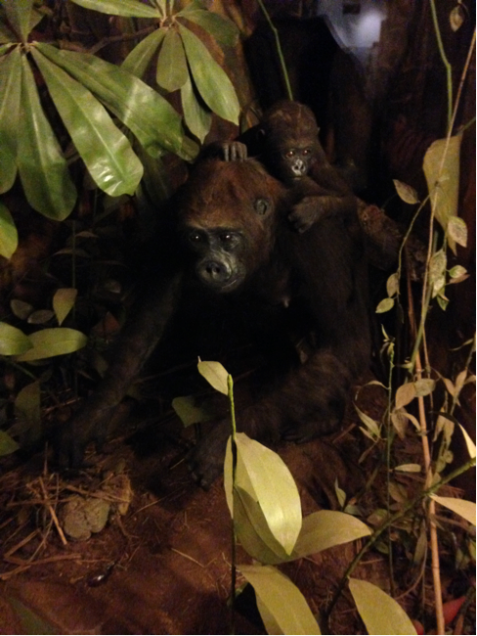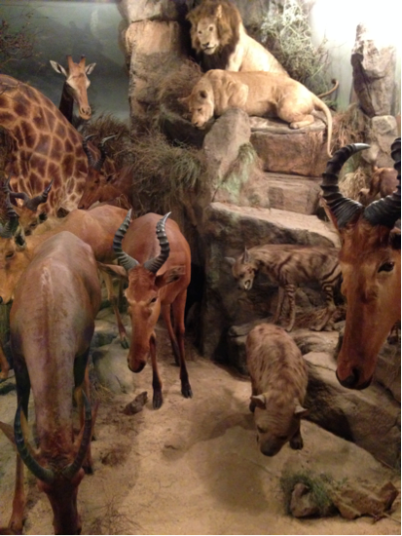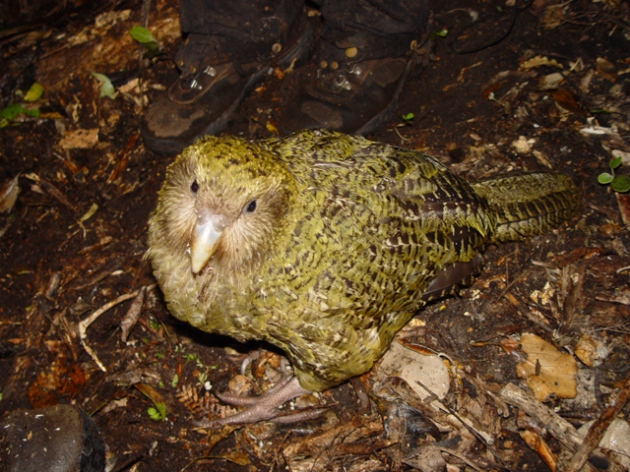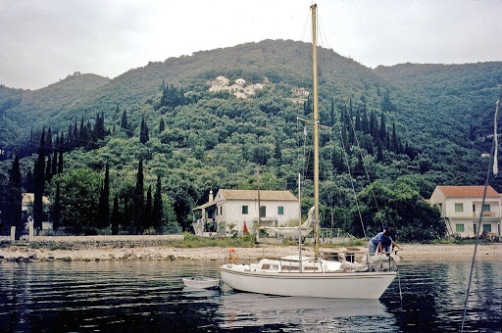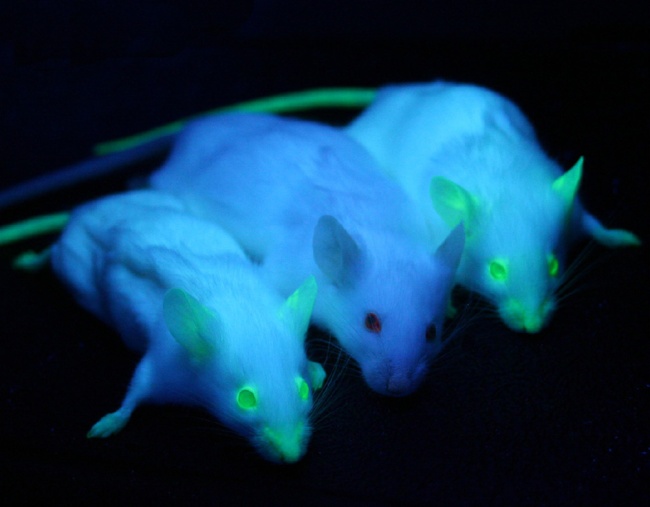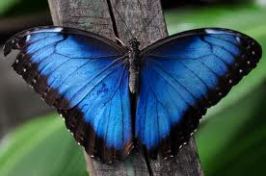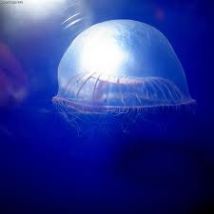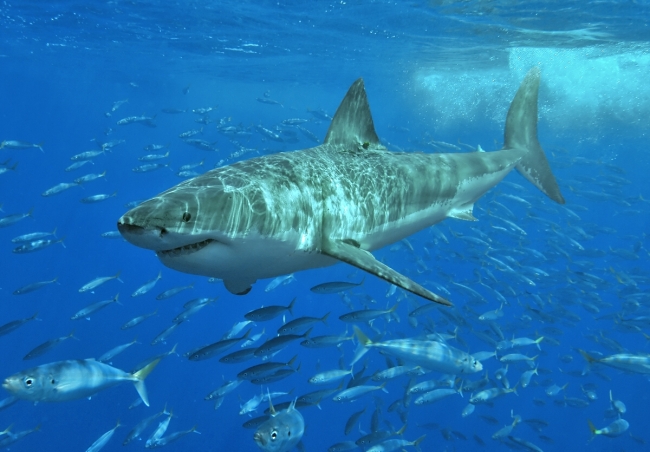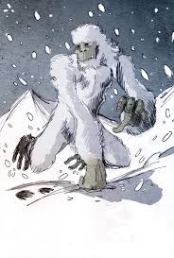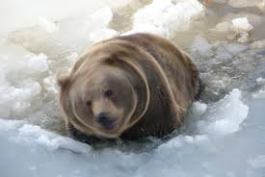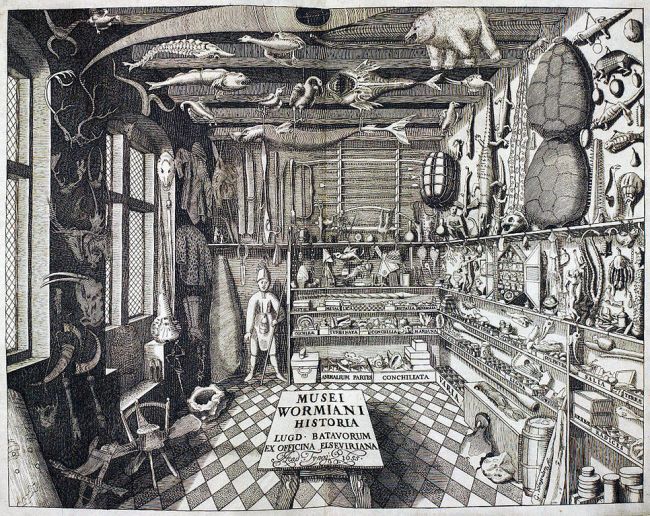Three ugly, unloved, and unappetising creatures worth fighting for.

The exquisite naked mole rat. Photo from wikipedia.org
It’s a simple truth that we like our conservation cute and fluffy. The symbol of the WWF is the ultimate case in point: it’s a panda. In my experience, there is one easy question to ask if you want to tell an ecologist from a layperson: “what do you think about the panda?”
Let me be clear: I like a YouTube video of a sneezing baby panda as much as the next person. But the simple scientific fact is that pandas, ecologically speaking, are as useful as a bag of rocks. They are vegetarians, despite being bears, and only eat bamboo, a plant perhaps unique in the fact that it would probably grow exactly the same with or without anything to eat it. Evolution hasn’t caught up with this dietary decision; they struggle to digest their food, need masses of it to get enough energy to survive, and as recent news stories demonstrate, they cannot seem to bring themselves to breed. If they do, by some miracle, manage to produce a perfect little sneezing bundle of joy, they are truly terrible parents, often abandoning the infant or accidentally sitting on the poor thing. They have no predators to rely on them for survival. They do not produce any useful product, except for the one the public seems most interested in: adorableness.
Every year, millions of dollars’ of funds are pumped into protecting this singularly useless creature. I am not alone in believing that this energy is, at best, coincidentally helping actually useful organisms in the same environment, and at worst, distracting us from creatures that truly can be saved for the benefit of the planet. While the world focused on the bamboo forests, the Yangtze River Dolphin became the first large marine mammal extinction since the 50’s, declared functionally extinct in 2006. Both in China, both endangered, and yet only one was protected enough to keep it alive for future generations. And I would argue that the world made the wrong choice going for the fluffy option.
With this in mind, I’ve assembled a list of three fascinating animals we should be fighting harder to protect, and where you can travel to see them. Each distinctly unlovely, these are creatures that would be a truly monumental loss to our world’s biodiversity. So here they are, the endangered species that are so much less than a pretty face:
1. Naked Mole Rat
I’m not ashamed to say it: I love naked mole rats. Possibly the ugliest creature you’re ever likely to see, they’re spectacularly weird because of their biology and behaviour as much as because they look like an inside-out mouse. Though not currently a threatened species, their usefulness to everything from cancer research to behavioural evolution means that if they were lost, they would take with them a potentially huge bank of knowledge.
The naked mole rat has a bizarre lack of any pain sensation in its skin, due to a missing mammal neurotransmitter, and can move backwards equally quickly as forwards. They are one of only two known eusocial mammals, meaning that there is a queen rat and a few males who breed with her, and all other members of the colony do not reproduce.
But the truly extraordinary thing about these rats is how long they live. They can last up to 28 years, have never been known to have cancer, and have very healthy hearts and circulation. It’s been suggested that their ability to reduce their metabolism prevents oxidative stress, stopping what we know as ‘ageing damage’. Their genome is currently being sequenced, but early work is promising information on how, exactly, they are ‘cancer-proof’. Maybe, in the future, a cure for cancer might be found in a warren under the Ethiopian desert, buried in the genes of a hairless rodent.

One of the churches of Lalibela. Photo from commons.wikimedia.org
I’ve personally always wanted to travel to Ethiopia to see Axum, home of famously enigmatic granite obelisks, and Lalibela, where ancient churches are carved from whole, enormous pieces of stone. Though both my zoological and Indiana-Jones-based fantasies of visiting Ethiopia are currently on hold due to political unrest in the region, with continued conservation efforts from archaeologists and biologists alike, I truly hope that both rats and monuments will be waiting for the world when the Ethiopian people finally achieved their long-awaited peace.
For more information and for an insight into the work being done on their genomes, visit the website of the Naked Mole-Rat Genome Resource http://naked-mole-rat.org
2. Axolotl

A curious axolotl. Photo from flickr.com
Critically endangered, this Mexican salamander has the unusual ability to regenerate lost limbs. This has lead to it being the focus of research that, although it sounds a little like science fiction, may someday help us to fully understand cell differentiation and allow us to grow human body parts in the laboratory.
Axolotls have large embryos, which makes them an important laboratory organism for experiments in development, as they can be manipulated easily and observed clearly in laboratory conditions. They usually live their lives in a juvenile aquatic form, unless they ingest too much iodine, in which case they transform into bigger, terrestrial adults. The fact that they’re so susceptible to environmental pollution is simultaneously one of the fascinating things about and the great tragedy of the axolotl: they are only found in one lake, and it’s right next to Mexico City, a huge, polluted mess.
Normally, this would be the point at which I say how much I want to visit Mexico City and see this animal in the wild. Unfortunately, because of the state of the lake, diving there would not be a pleasant experience, and I would almost be guaranteed not to see an axolotl. And while I really would love to visit Mexico someday, I plan to mostly avoid the capital city. Mexico’s economy and industry are growing rapidly, and while that’s excellent news for Mexican humans, work needs to be done to ensure that it doesn’t spell defeat for Mexican biodiversity.
Without help, the axolotl looks set to go the way of the dinosaurs it so closely resembles. For a useful overview of the biology of the axolotl, and the conservation work being done to protect them, visit the website of EDGE (Evolutionarily Distinct & Globally Endangered) http://www.edgeofexistence.org/amphibians/species_info.php?id=552
Even if you’re not interested in the axolotl, take a look: EDGE does important work supporting ecologically important endangered species.
3. Yangtze Giant Softshell Turtle

The Yangtze giant softshell turtle. Photo from wikipedia.org
I’ve saved the most endangered on the list for last. The Yangtze giant softshell turtle is the largest freshwater turtle in the world, and despite the fact that it looks to me like a slimy grey pig, its Western discoverer John Edward Grey described it in 1873 as, “the most beautiful species of Trionychidae that has yet occurred”.
There are four known examples of this beautiful Trionychidae left in the world. One in the wild in China, one in Vietnam, and the fate of the species rests with two individuals in Suzhou zoo in China. The captive male is, at best guess, 100 years old. His mate is 80 if she’s a day, and as of July 2013, the two of them have gone through 6 unsuccessful mating seasons. They produce eggs, but they aren’t viable, a combination of the age of the turtles making breeding difficult, the stress the female is under, and the species’ general dislike of human company. Considering they’re the last two viable individuals of their kind, I can’t really fault them for their lack of affection for Homo sapiens.
Everyone at the zoo is hopeful that soon, there will be viable eggs. The dream, obviously, would be to visit Suzhou in a few years’ time and watch the first baby soft-shell giants swim circles around their geriatric parents. What I really hope, though, is that governments, scientists, and industry all learn from the dual examples of the Yangtze River: the freshwater dolphin and turtle. In both cases, no one knew how close the species were to ruin before it was too late. The turtle was lucky: a female was miraculously discovered, and she might save her kind. The dolphin was not, and is gone forever.
So this has been a little rant, on behalf of the less photogenic creatures of this world, the rare animals who aren’t easily spotted, who live in murky waters or underground and possess strange and wonderful biology humanity could use to further medicine and science. Really, though, we shouldn’t need the lure of scientific advancement to encourage us to protect the endangered for future generations. Every loss in terms of biodiversity makes the Earth poorer, and more and more people are beginning to realise that an ethical commitment to conservation can mean economic benefits, from tourism, science, and natural products. We’d all be a little better off if we learned to love a naked mole rat.
Further reading:
Pictures, as always, from Creativecommons.org
